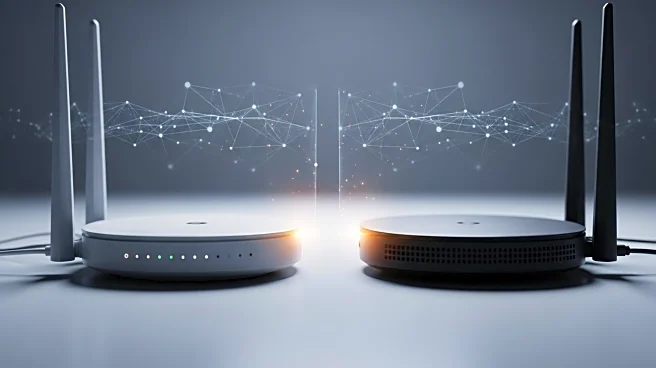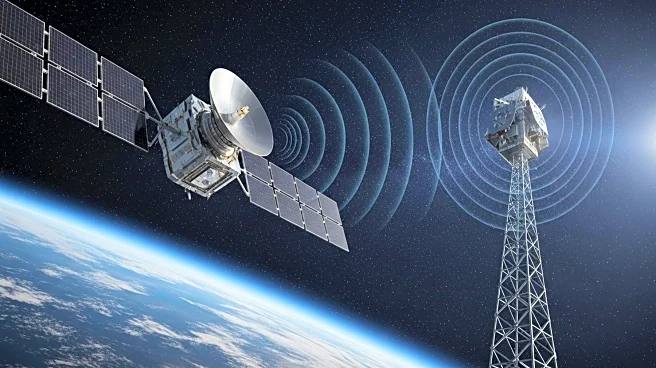What is the story about?
What's Happening?
Cable operators are projected to significantly increase their spending on outside plant equipment, including amplifiers, as they prepare their networks for DOCSIS 4.0 and symmetrical multi-gigabit speeds. According to Dell'Oro Group's latest forecast, this spending is expected to peak between 2026 and 2028, generating approximately $10 billion through 2030. The forecast indicates a shift in spending patterns, with a more consistent allocation over time rather than a sharp spike. This change is attributed to the availability of new 'unified' DOCSIS 4.0 chips for amplifiers and nodes, which support both Full Duplex (FDX) and Extended Spectrum DOCSIS (ESD) specifications. Comcast is focusing on FDX, while other operators are pursuing ESD. The market for Generic Access Platform (GAP) nodes is also expected to accelerate, driven by standards set by the Society of Cable Telecommunications Engineers (SCTE).
Why It's Important?
The expansion in spending on outside plant equipment is crucial for the cable industry as it transitions to DOCSIS 4.0 technology, which promises enhanced network capabilities and speeds. This development is significant for U.S. cable operators like Comcast, Charter, and Cox Communications, as it positions them to offer competitive services in the broadband market. The deployment of DOCSIS 4.0 is expected to improve network efficiency and customer experience, potentially leading to increased subscriber retention and growth. The investment in advanced technology also reflects the industry's response to growing demand for high-speed internet and the need to support emerging applications and services.
What's Next?
As the DOCSIS 4.0 technology matures, more small and midsized cable operators are expected to consider its adoption. The availability of Broadcom's unified D4.0 silicon will play a pivotal role in shaping future network upgrades. Suppliers like CommScope, Antronix, and Technetix are actively developing amplifiers to support these upgrades. The market dynamics may lead to strategic partnerships and collaborations among technology providers and cable operators to accelerate deployment. The industry will likely see increased competition as operators strive to enhance their network capabilities and service offerings.
Beyond the Headlines
The shift towards DOCSIS 4.0 technology may have broader implications for the telecommunications industry, including potential changes in regulatory policies and standards. The focus on advanced network infrastructure could drive innovation in related sectors, such as smart home technology and IoT applications. Additionally, the investment in high-speed internet infrastructure may contribute to bridging the digital divide, providing more communities with access to reliable broadband services.
AI Generated Content
Do you find this article useful?














